
If you are like the majority of dancers, your daily routine begins by showing up 30 minutes or so before ballet class starts to warm-up. The keyword here is “warm-up.” What most of you end up doing is stretching as a warm-up which may be causing more harm than good. Read on to find out the proven reasons why you should not be stretching before class.
If you are stretching in an effort to increase or enhance performance prior to ballet class or the big show, you are really doing yourself a great disservice. Static stretching results in a decrease in performance while dynamic stretching results in an increase in performance (*see reference 1 below).
Some of us don’t really know why we stretch before class…we just do it because we saw someone else doing it. I don’t know about you, but I never had a ballet instructor suggest stretching before class. They did however suggest warming-up. There is a big difference.
Your pre-ballet class ritual should consist of a dynamic warm-up done in an effort to specifically turn-on and activate muscles through heightened neurological communication between the brain and muscle motor units. Stretching will not achieve this. Stretching should be done in an effort to recover and restore fatigued muscles after ballet class or performance. The goal of post class/ performance stretching would be to restore range of motion and/or to release tight muscle fibers to provide efficient blood flow which brings essential nutrients into the muscle to repair, restore, and recover.
A great dynamic warm-up for example would consist of high knee lifts (think marching in place), torso twists, arm circles, and believe it or not a jog around the ballet classroom to elevate the heart-rate and get the blood moving. How many of you have seen girls jogging around the room in auditions to warm-up and laughed at them for doing so? (now the joke is on you!) Below are a few good warm-up exercises to try before class:
1.) The Plank – hold this position for 30-60 seconds. Warms up the core muscles and really, the whole body.

2.) Hi Knee Marches – Do 20 or so of these to warm-up the hip flexors, glutes, hamstrings.

3.) Calf Raises- This is a great way to warm-up the feet, ankles and calves. Perform 15-20 of these along with some ankle rolls.

If you are looking to maximize those splits or extension, work on your deep stretching after class from now on. Also, be sure to give a dynamic warm-up a try before class this week and notice the difference in the way your muscles feel during class. I’m looking forward to hearing your thoughts and experiences with this!
*Resources:[1] L. Parsons, N. Maxwell, C.Elniff, M. Jacka, and N. Heerschee Static vs. Dynamic Stretching on Vertical Jump and Standing Long Jump (2006), Greg Romero Coaching (2011)
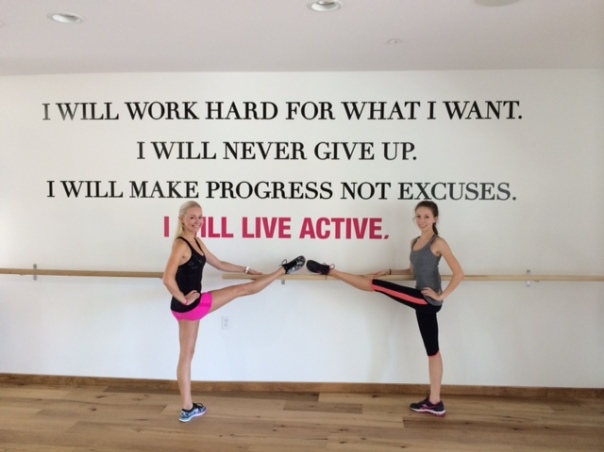
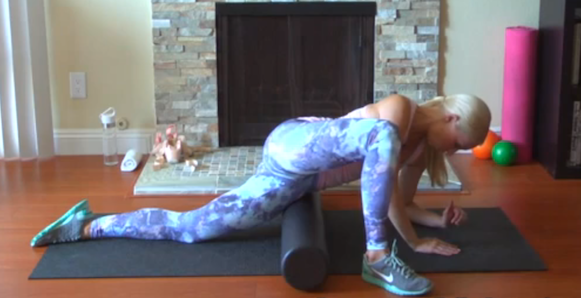
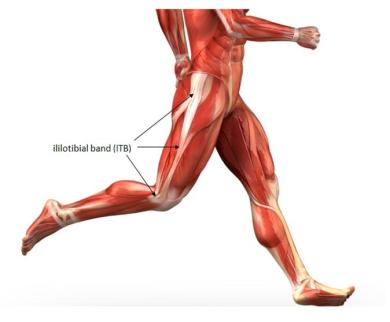
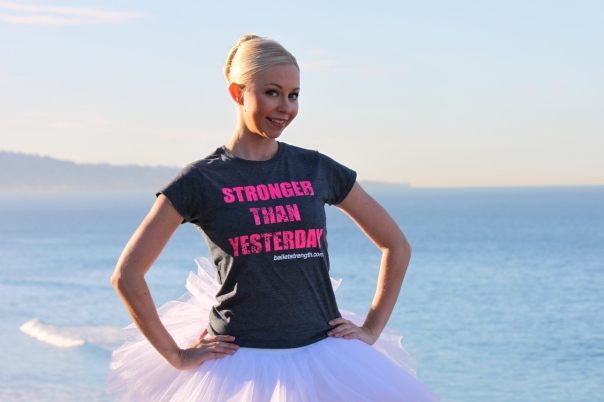
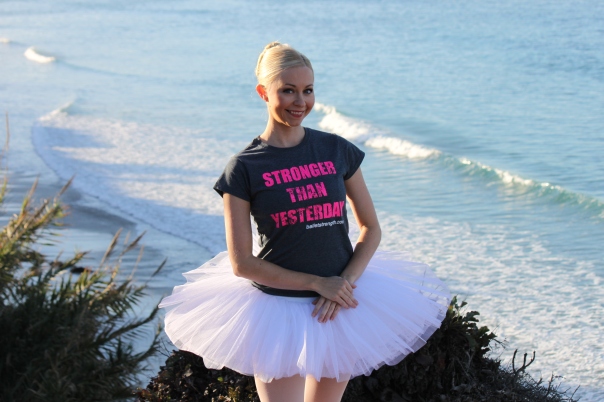
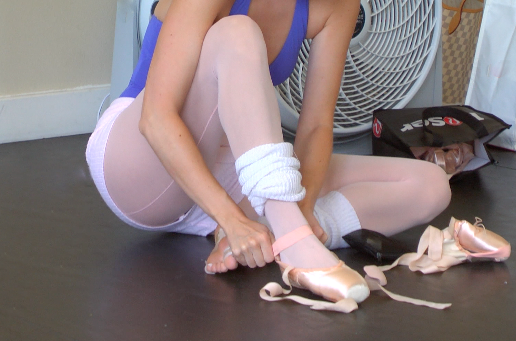
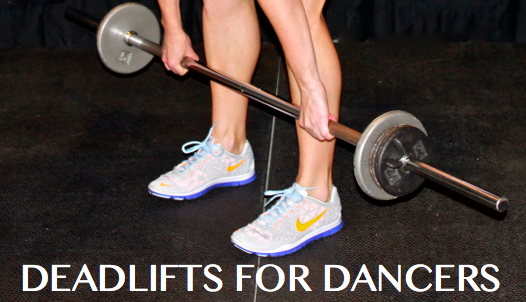
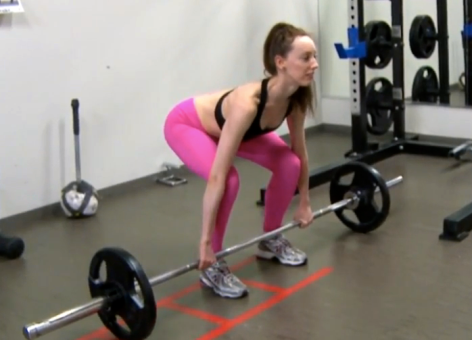
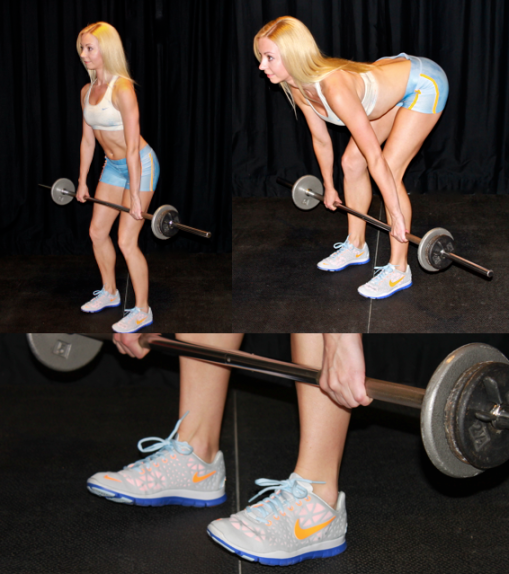
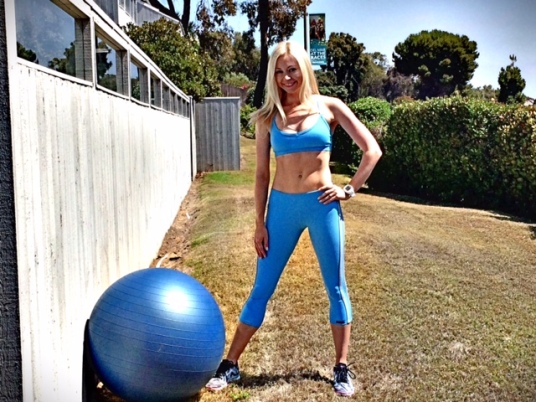

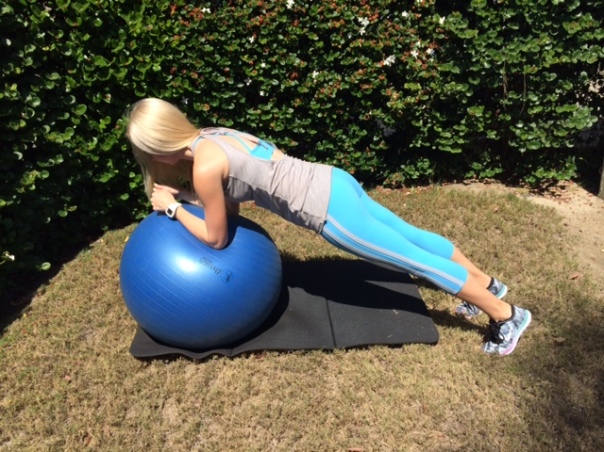
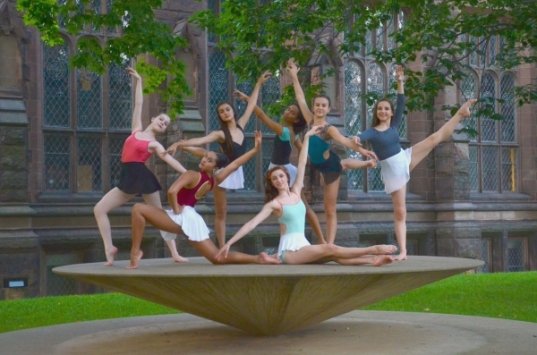












 Ballet Audition Tips
Ballet Audition Tips